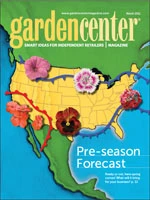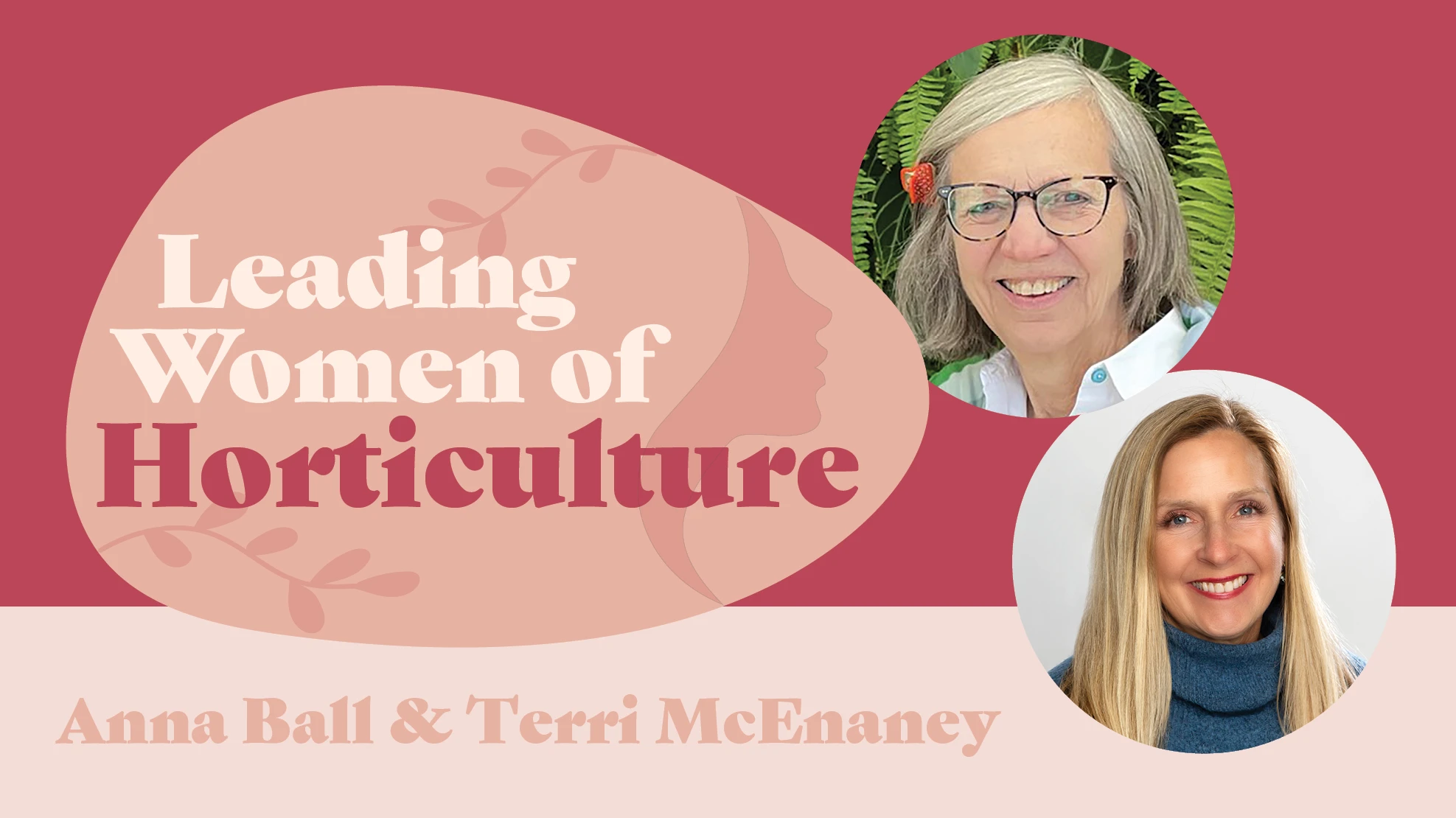|
 Ohio State University Extension’s Why Trees Matter program raises the awareness of the benefits of trees.Growers, retailers, landscapers, arborists and the entire green industry understand that trees matter. Yet we sometimes undersell the power of this message. Though we hear a great deal about the “greening” of America, somehow this does not always translate to the original green message customers need to hear. Ohio State University Extension’s Why Trees Matter program raises the awareness of the benefits of trees.Growers, retailers, landscapers, arborists and the entire green industry understand that trees matter. Yet we sometimes undersell the power of this message. Though we hear a great deal about the “greening” of America, somehow this does not always translate to the original green message customers need to hear.
This need not be the case. Not long ago, I attended a lecture by Michael Pollan, the author of Botany of Desire and In Defense of Food. It was a lecture in which thousands of college students were literally hanging over the balconies listening to his every word. At one point he proclaimed the importance of solar power. Was he talking about solar panels, energy policy, various engineering innovations?
Not exactly. His next word was “photosynthesis.” Those students were on their feet with a huge roar, energized by the idea of green plants doing their thing, starting with the food chain. Imagine rock concert-like vibes at the mention of photosynthesis and green plants, our industry’s life blood.
We are at a moment of transformational opportunity. Despite economic turmoil, there are key factors, in addition to the attention of our youthful future noted above, that make this our time for the green industry to be at the center of the sustainability movement.
How to make it happen
Ironically, we’re actually fortunate right now, in that there are the teachable moments in the media, communities and woodlands relative to the threat of invasive species, such as the Asian longhorned beetle, the emerald ash borer and the fungus that causes sudden oak death. These can be seen in a negative light, illustrating the liabilities of communities with regard to multimillion dollar tree removals, but these realities have captured the attention of our customers. And therein lies an opportunity. Not since Dutch elm disease is the public so aware of trees.
We also have at our disposal user-friendly modeling tools for measuring the economic impact of plants on the environment. One model, developed by the U.S. Forest Service and its partners, the Arbor Day Foundation, the Davey Tree Expert Co. and the International Society of Arboriculture, is the iTree suite of software. This model of public access software has a strong research base that allows estimates of economic value of the environmental services of trees.
Energy savings (as trees cool in summer and lessen heat loss in winter), stormwater remediation, air quality benefits, carbon sequestration and property value enhancement are parameters measured by iTree.
There are also many smaller-scale applications for the green industry. Wouldn’t it be great if you could find out the environmental value of the 50 trees you sold to a commercial property? What about designing a label for the trees you sell that lists the services it will provide once it matures? If this sounds intriguing, adapt it for your business. You can check out how simple it is to get this information by visiting www.treebenefits.com.
All you need to get detailed information about a tree’s benefits is your ZIP code (energy benefits in Arizona are different from Alabama), the tree identification, the diameter of the tree (or a reasonable estimate) and the general tree location (e.g. parkland vs. single-family residential).
For example, a single 24-inch diameter pin oak in a Wooster, Ohio, parkland setting provides $214 in annual benefits to the community. These benefits include stormwater remediation, energy savings, air quality benefits, carbon sequestration and property value.
Education 101
Groups such as the Ohio State University Extension’s “Why Trees Matter Signature Program” are using this information educationally in a number of ways. Working with volunteers, we help do tree inventories to show everyone how valuable their current trees are (and of course the importance of continued planting and maintenance). Think about how your company can work with extension master gardener volunteers or other community volunteers to showcase the value of the trees.
The political machine
There is political momentum underway in which public officials are aligning themselves to programs of developing green infrastructure and the greening of cities. New regulations and standards for public projects put teeth into this movement.
Reach the youth
The future is, of course, in our youth—and not just the college students noted in the photosynthesis story earlier. The green industry needs to engage children in community tree inventories and plantings and working with schools. Now is the time for the green industry to maximize the message that trees are important. Be up front and proactive in marketing our role in the greening of America. We develop, introduce, grow, sell, install and maintain trees. We should also educate people about trees and other landscape plants that contribute not only to our own industry’s economic future, but also to the environmental and economic future of the nation’s communities.
Here’s a slogan you can use: Trees matter. And here’s a notion all garden centers can embrace: Showing your customers how trees matter will be good not only for the environment, but for your business as well.
Jim Chatfield is associate professor and extension specialist, Department of Horticulture and Crop Science, Department of Plant Pathology, Ohio State University; chatfield1@cfaes.osu.edu.
|








